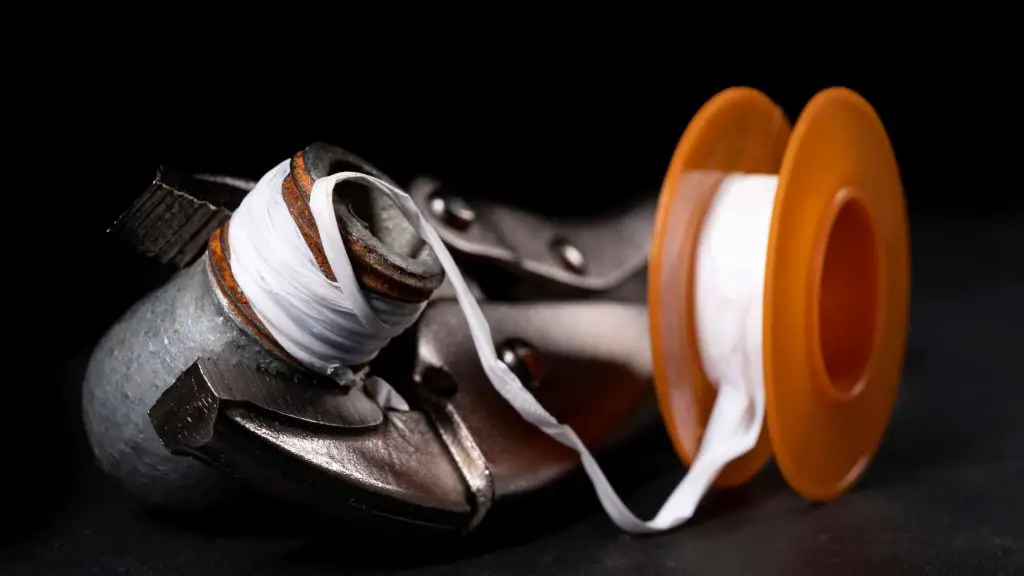Teflon tape, also known as thread seal tape, is a thin, white tape made of polytetrafluoroethylene (PTFE).
It is commonly used to seal the threads of pipes and fittings to prevent leaks.
However, you may be wondering if Teflon tape is necessary for washing machine hoses and whether to should use one or not.
You don’t need to use Teflon tape on washing machine hoses. The hoses themselves have a rubber washer that makes a watertight seal. In uncommon cases, you may use just a small amount of Teflon tape on the spigot head of the hose.
In this article, we will discuss whether you need Teflon tape for your washer hose and the nuances involved.

Teflon tape needed for washing machine hoses (Needed?)
Washing machine hoses have “hose” threads that differ from other pipe threads.
The threads on washing machine hoses are far apart from each other than pipe threads which screw together and provide a seal against a washer. It doesn’t require any Teflon tape or sealant to prevent any leaks.
Washing machine hoses are normally tightened clockwise by hand without needing any wrenches to achieve adequate tightness needed to prevent leaks.
However, If you’re having difficulty achieving a watertight seal with your washing machine hoses, there are a few things you can try.
One option is to lubricate the face of the rubber washer with a small amount of soap scum. This can help reduce friction and make it easier to tighten the plastic nut.
Another option is to wrap a thin layer of Teflon tape around the spigot thread. This can also help reduce friction and make it easier to get a secure seal.
Just be careful not to overtighten the nut or spigot, as this can potentially cause damage.
When is Teflon tape used?
Teflon tape is applied to the threads of one of the pipes or fittings before it is screwed into the other one.
The tape creates a seal by filling in the gaps between the threads and preventing water or other liquids from leaking out.
Teflon tape is often used in conjunction with pipe thread sealant, a type of liquid or gel that is applied to the threads in a similar manner.
It is particularly useful for situations where the pipes or fittings may be prone to movement, such as in a plumbing system that is subject to vibration.
The tape can help to maintain a secure seal and prevent leaks, even if the pipes shift slightly.
It is important to note that Teflon tape should not be used on pipes or fittings that are prone to high temperatures, as the tape may melt or degrade under such conditions.
When should Teflon tape not be used?
There are a few situations where Teflon tape, also known as thread seal tape or plumber’s tape, should not be used:
- High-temperature environments: Teflon tape is not suitable for use with pipes or fittings that are prone to high temperatures, as the tape may melt or degrade under such conditions.
- Gas or pressurized systems: Teflon tape is not recommended for use with gases or other pressurized systems, as the tape may not provide a reliable seal in such situations.
- Non-threaded connections: Teflon tape is only intended for use with threaded connections, and should not be used on non-threaded pipes or fittings.
It is important to carefully consider the specific needs and conditions of a plumbing system before deciding whether or not to use Teflon tape.
In some cases, other types of sealants or techniques may be more appropriate.
Check out other helpful articles on our blog:

